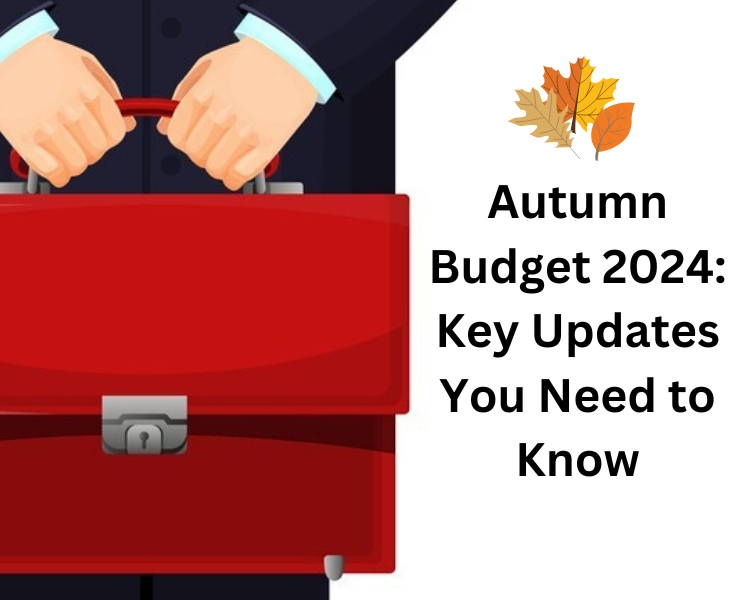Changing From A Sole Trader To a Limited Company
A sole trader is essentially a self-employed person who is the sole owner of their business. It’s the simplest business structure out there – which is probably why it’s the most popular. However, there are a number of benefits of running a business via a separate limited company (check out our whitepaper “What’s the difference between a sole trader and a limited company?” for further details). Often, once the business is well established, a sole trader might want to “incorporate”, i.e. change their business structure from a sole trader to a limited company.
What are the tax implications of incorporating my business?
Normally, when a business or business assets are transferred, the person transferring them will make a capital gain or loss and may incur Capital Gains Tax (10% basic rate/20% higher rate). The transfer of assets to a company that you incorporate must take place at their market value and so any capital gain or loss should be calculated based on this.
However, where a sole trader is incorporating their business, there is no real change in the ultimate ownership of the assets and the transfer doesn’t generate any cash with which to pay an upfront tax bill. Therefore, it would be impractical, not to mention a little unfair, to force a sole trader to pay Capital Gains Tax simply because they have chosen to structure their business in a different way.
To deal with this problem, “incorporation relief” applies automatically where the following conditions are met:
- The business must be transferred as a “going concern” (i.e. it must be an active business and more than just a collection of assets);
- All of the assets of the business, except cash, must be
transferred to a company; - The transfer must take place wholly or partly in exchange for an
issue of shares in the company to the transferor.
The effect of incorporation relief is to defer the gain arising on the transfer of assets to the company, until the individual disposes of the shares in the company in future (for example on sale or liquidation of the company). This is achieved by reducing the cost of the shares for Capital Gains Tax purposes by the amount of the deferred gain. The cost of the shares before this reduction should be equal to the market value of all the assets that are transferred to the company.
If you transfer your business only partly in exchange for shares, only part of the gain can be deferred. If, say, 50% of the payment is made in shares and 50% in cash, then 50% of the gain can be deferred using incorporation relief. It can be beneficial for the company to pay cash up to the level of the Annual Exempt Amount for Capital Gains Tax (currently £12,300) and the remainder in shares.
In some cases it may be better for the individual if incorporation relief does not apply, in which case it is possible to make an election to disapply the automatic rule. For example, if you would like to take advantage of Business Asset Disposal Relief (formerly Entrepreneurs’ Relief) on incorporation or if your full gain would be covered by the Annual Exempt Amount.
What is the market value of my business’ assets?
As explained above, one of the conditions for incorporation relief to apply is that ALL of the assets of the business, except cash, need to be transferred to the company. This includes any goodwill attaching to the business (in effect, the “excess” value of the business as a whole, over and above the sum of the individual asset values).
It can be difficult to determine the market value of goodwill as it is not a tangible asset and there is usually no open market for it. However, the value could be significant, particularly if the business has been running for a number of years and is already successful. It is important to assess the market value of all of the assets of the business in order to calculate the cost of the shares for the individual, as well as the cost of the assets for the company’s own tax purposes.
As part of the incorporation process, it will be necessary to determine:
- The market value of the individual business assets which are normally subject to Capital Gains Tax (“chargeable assets”).
- The market value of all of the assets, chargeable and non-chargeable, that will be transferred to the company, as a whole.
We can help you to value your business assets and, if required, assist with agreeing the value with HMRC.
Example
You transfer your business, which is valued at £50,000, to a new company in return for shares in the company worth £50,000. The original cost of your business assets was £10,000 so your gain on transferring the chargeable assets amounts to £40,000. Therefore the cost of the shares for your future Capital Gains Tax calculations is £10,000 (£50,000 – £40,000). For the company, the cost of the assets acquired will be £50,000.
What happens if I am VAT registered?
If you are a VAT registered sole trader, you can request to transfer your existing VAT registration number to the new company. This means that you don’t have to re-register for VAT and you can continue invoicing your customers and filing VAT returns using the same VAT number. You will need to complete VAT forms VAT68 and VAT1 and file them with HMRC.
Is there anything else that I need to do?
Of course, you will need to incorporate a company at Companies House as a starting point. Once the new company is up and running, it will have ongoing accounting and tax filing obligations to comply with.
As a sole trader, you will be required to file a self-assessment tax return covering the final period of trading before the business is transferred to the new company. This could potentially include a claim for overlap relief depending on your business’ year end. You should also notify HMRC that you are no longer self-employed.
How can ChadSan help?
We can advise you on the steps required to incorporate your sole trader business, help to value your business and also assist with the accounting and tax requirements for the new company going forward.




